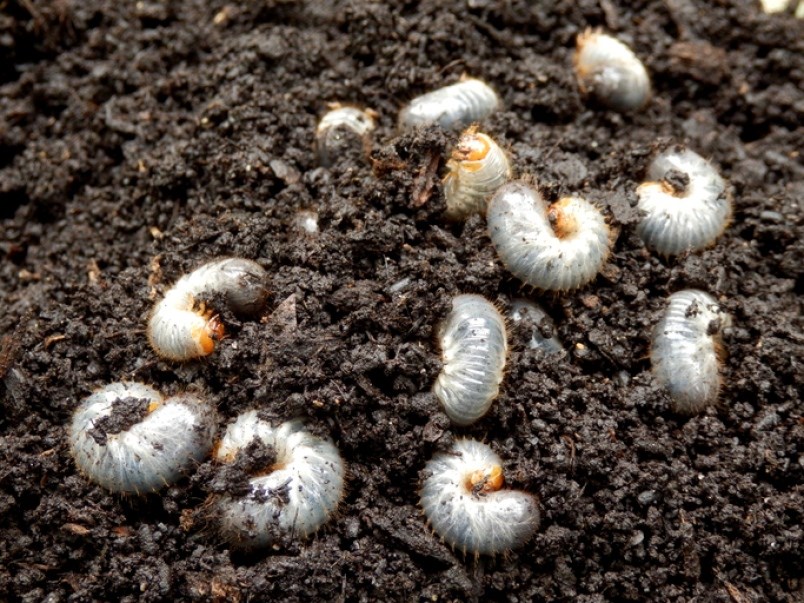Groundskeepers and work crews in Coquitlam are busy gearing up for their annual summer battle against the lawn-destroying chafer beetle.
But city staff acknowledges they are losing ground in the war against the dreaded insect, which has ravaged parks and green spaces across the region over the last few years.
"There really is no magic bullet," said Raul Allueva, Coquitlam's general manager of parks, recreation and culture. "There are some strategies to strengthen our resources… There are some best practices we are working on."
In 2015, an audit found that 55,000 sq. m (8%) of the 682,000 sq. m of city turf and landscapes had been marred by the chafer beetle — and the birds and raccoons that tear up grass to feast on them — with cases mostly concentrated in the western and central neighbourhoods.
Robinson Memorial Cemetery was particularly hard hit, while Westwood Plateau and Burke Mountain were virtually unblemished.
Fast-forward two years and it is clear the chafer is spreading.
In a report to council this week, a "conservative estimate" from parks staff stated that as much as 120,000 sq. m of lawns and green spaces are now damaged, or approximately 18%. Cases are also starting to appear regularly in northeast Coquitlam.
A healthy lawn can be more effective in preventing a chafer infestation and parks staff are working to ensure that city green spaces are adequately maintained, Allueva said. But all the hard work carried out to defend the turf one summer can be quickly undone the next, he added.
"All efforts can be made to protect the lawn… and the next year it can come back because it spreads from another property," he said. "But a strong lawn will be more resilient."
Nematodes are one way of battling the chafer but a city staff report acknowledges something many Tri-City lawn tenders have already learned: The treatments are expensive. The city said only "the highest value assets, such as the lawn bowing green at Dogwood" will receive nematode treatments, which were effective in 2016.
The city is exploring improved grass seed mixtures that are designed to grow stronger root systems, increasing a lawn's resilience to chafer damage. An education campaign will also be conducted to inform residents of best lawn practices.
But the city may need to reconsider its landscaping choices in the future, according to the staff report. For example, instead of using grass on city boulevards, the parks and recreation department may look at replacing turf with shrubs and perennials, said the document.
While the outcome of the chafer beetle battle is not yet known, one thing is certain: It will cost taxpayers more.
Staff are currently working with a budget of $150,000 but said they will need $25,000 for additional fertilizer, seeds and soil, and $45,000 for auxiliary labour every spring to supplement existing landscaping staff.
"There's a need for some enhanced resources to continue to manage this," Allueva said.
@gmckennaTC



